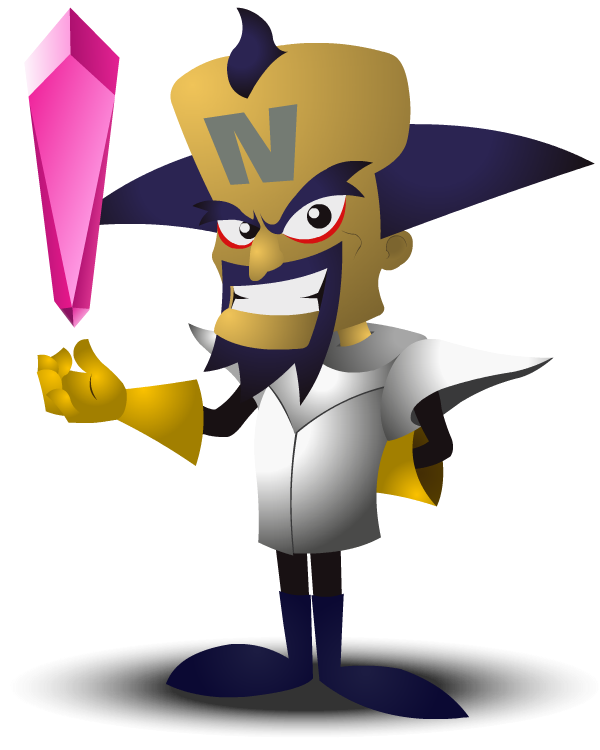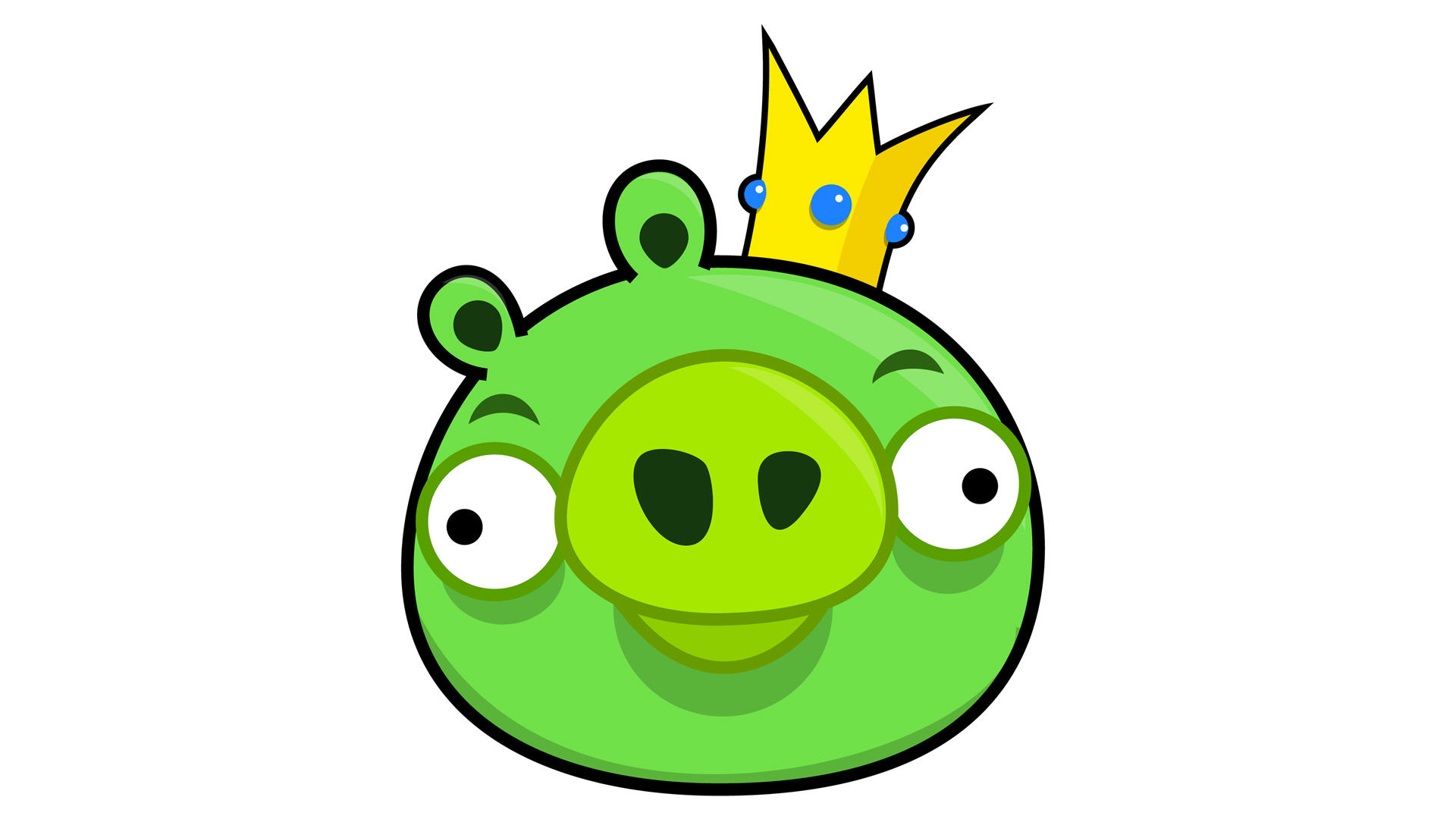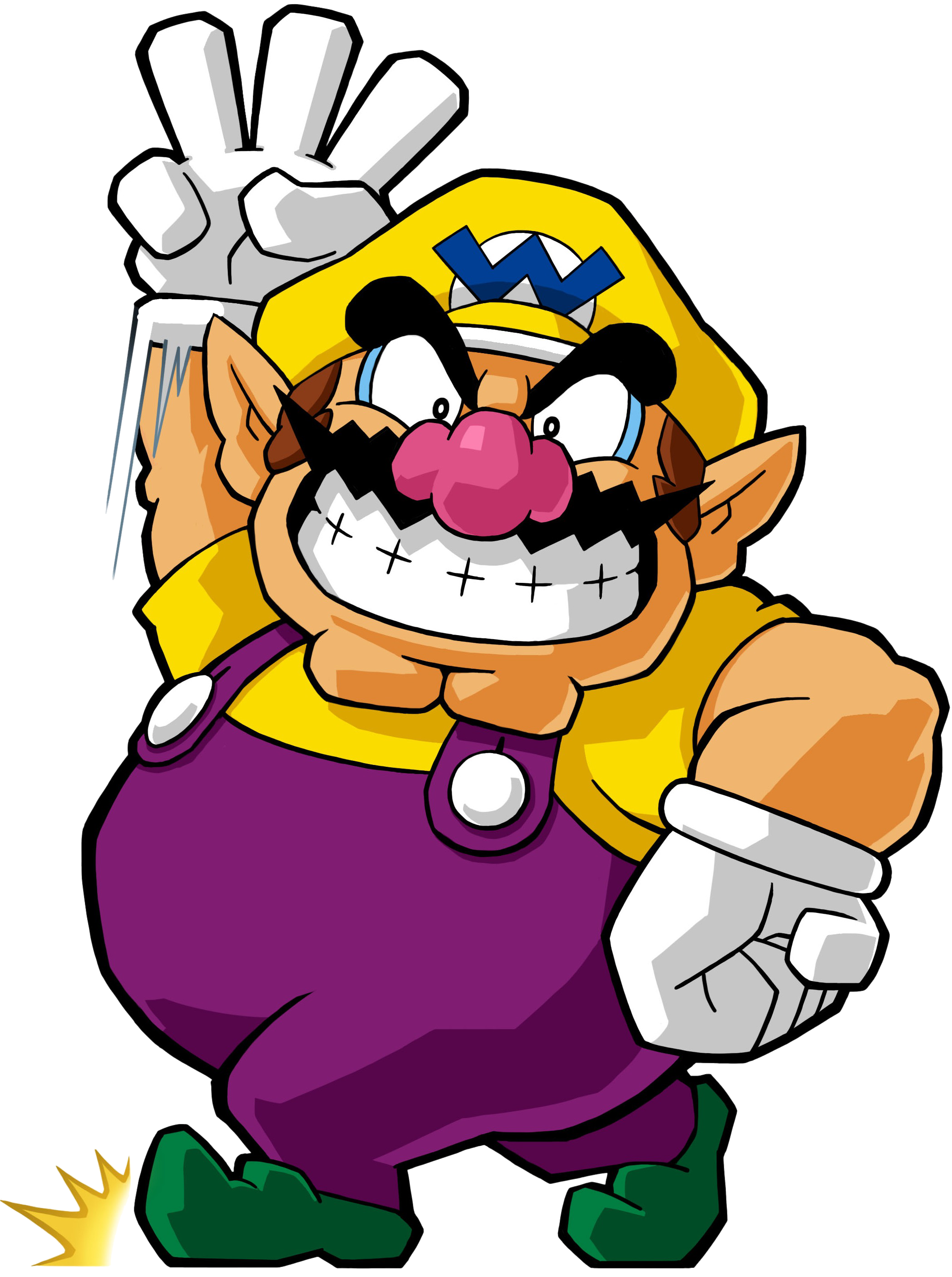Main Character
In regards to the main characters we began research into heroes and villains and the general styles and characteristics they tended to have.
In reference to heroes for example you have Mario, Luigi and Rayman which don’t really pull on the cute factor as such for ease of audience relation; they do however they are relatable on a more human characteristic factor.
(Mario & Luigi) (Ray man)
In some ways angry birds have their main
characters as grumpy looking birds which are cute, with their round squishy
bodies and comical noises, another is the craziness that is the Worms which
though not human or even cute but you always want your gun wielding invertebrate
to win.
(Angry
Birds)
(Worms)
We plan to create a main character being a dumbfounded pirate with an unhealthy obsession with gold. He’ll also have a crew of birds with their own little quirks which will be seen at the beginning and then again at the end.
Villain
We proceeded
to look more into villains as well, looking at what makes an effective villain as
with every video game a good character always needs a good villain.
For a couple
of examples Dr Neo Cortex who’s an evil scientist, he compensates for his
ghastly appearance by being as brilliant and maniacal as possible, constructing
robots of mass destruction faster than most people put together furniture. In a
delightful twist, Cortex is actually the creator of his hated enemy Crash,
after zapping the bandicoot with his Evolvo-Ray.
(Dr Neo Cortex) |
Another
loved to hate character is king pig from Angry Birds the big, green idiot
laughs and smiles as your flung birds bounce ineffectively around, and the
stupid grin he cracks when you fail is infuriating.
(King Pig)
But not last
nor least in keeping with that ultimate villain theme it has to be Wario, Currently
Wario’s less of a villain and more of a rude jerk that Mario still invites to
parties and sporting events, but he started out much more evil than that. When
he first appeared in Super Mario Land 2, the fat oaf stole Mario’s castle and
all his possessions.
(Wario)
So our goal
is to create a character that we love to hate, but who we have a sense of
sympathy for with all his vain attempts at succession, you really he’s just a
bit of a loser.
- Kat & Chris












